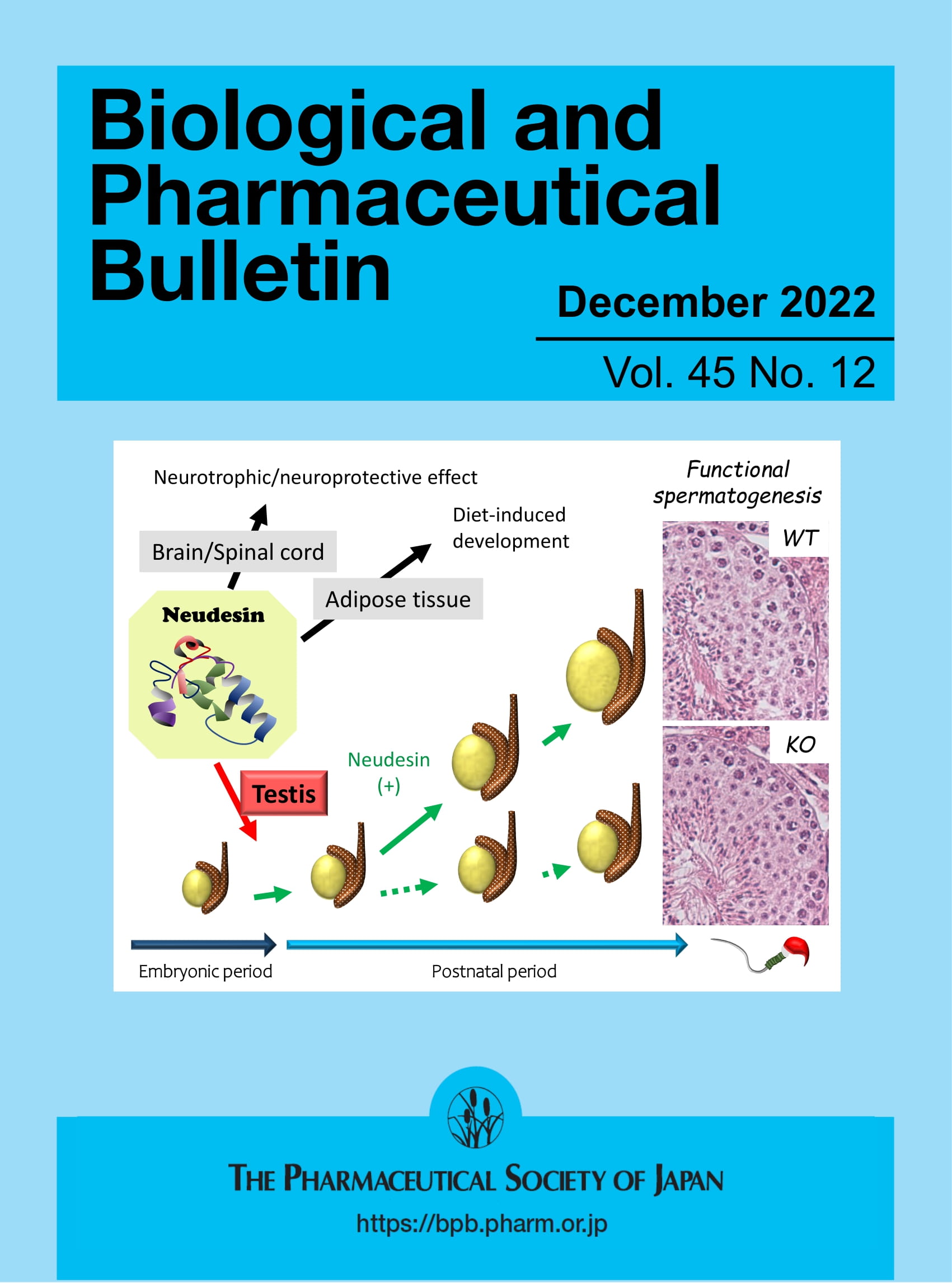Part A: Implementing an Analyte Panel and Sampling Protocol for Quality Control in Mass Spectrometry Imaging
Abstract
Rationale
While quality control (QC) and system suitability testing (SST) methods are commonly employed in mass spectrometry, the field of mass spectrometry imaging (MSI) currently lacks any universally accepted QC/SST protocols. These methods can prevent the loss of precious samples due to suboptimal instrument conditions and/or data quality, but they are more challenging to implement on MSI platforms. Herein, a panel of analytes is conveniently analyzed in a setup that reflects a typical MSI imaging experiment, and guidance is provided for downstream QC/SST evaluation.
Methods
The analyte panel will be commercially available and consists of three pairs of unlabeled (NAT) analytes and their stable isotope–labeled (SIL) analogues; a deviation from the standard procedure is also included, which incorporates a polymer to expand m/z coverage. The NAT three-plex (or four-plex with the added polymer) is analyzed as a droplet on a slide, and the SIL three-plex is doped into the electrospray solvent, isolating the NAT and SIL compounds to different source components. Datasets are collected on clean and compromised instruments to inform QC/SST software and later evaluate instrument conditions or isolated metrics of data quality.
Results
A procedure was created for QC/SST analysis on MSI platforms, which can be optionally paired with the freely available software Supervised Learning for Instrument Classification and Evaluation for Mass Spectrometry Imaging (SLICE-MSI) to classify the condition of the instrument. The SIL data may be monitored separately during imaging experiments for continuous evaluation of electrospray stability. The protocol highlights areas that may be adapted for other ionization sources for widespread use.
Conclusions
The protocol described herein uses a panel of NAT and SIL compounds to offer an objective and accurate determination of QC/SST on MSI platforms.


 求助内容:
求助内容: 应助结果提醒方式:
应助结果提醒方式:


